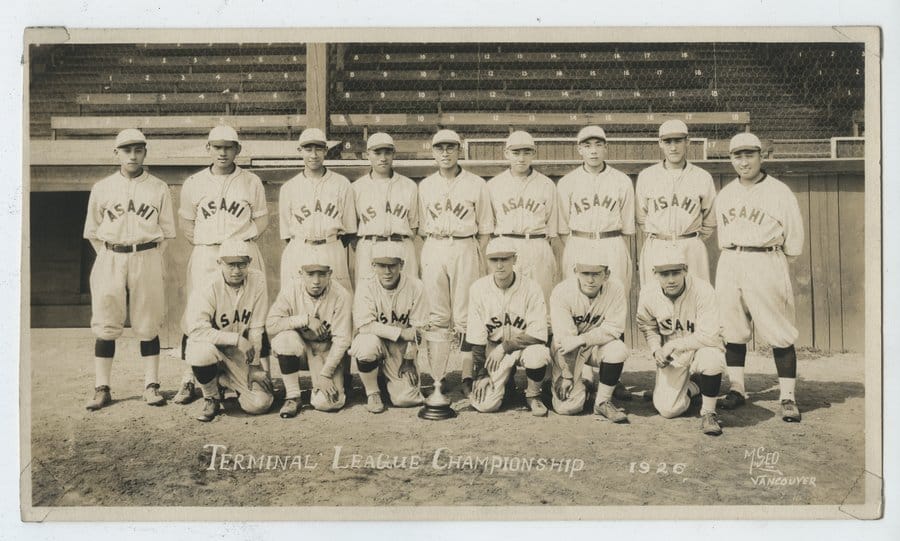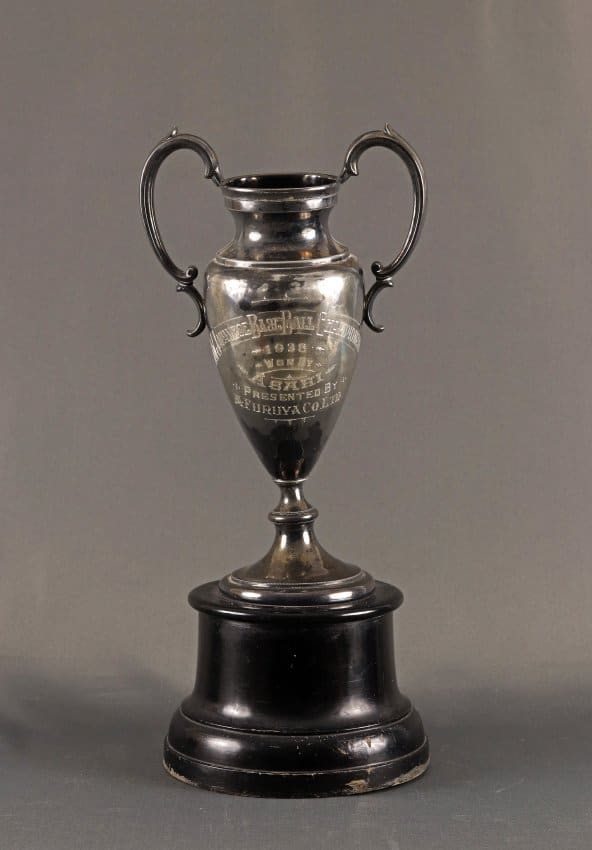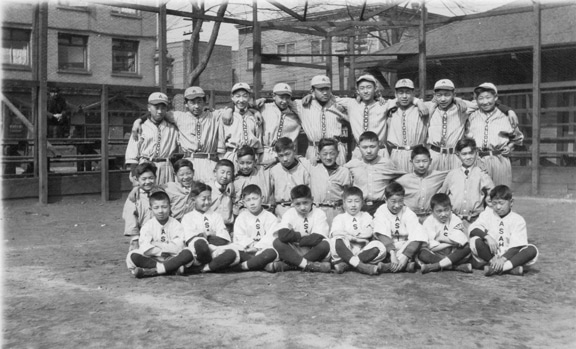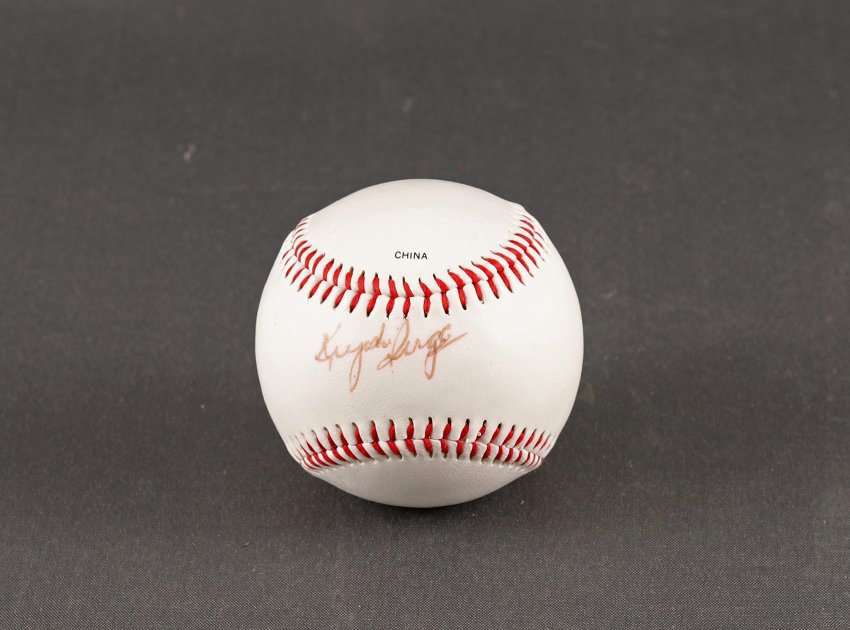Brain Ball:
How the Asahi Changed the Game
Although the Asahi began as a youth team, they developed into a senior league that entered first the amateur Vancouver International League where they won the 1919 championship, then the Vancouver City League in 1920, and the Vancouver Terminal League in 1921. The Asahi did well, even winning the 1926 Terminal League Championship, their first major championship win.
Despite their early success, it was a different story when the Asahi joined the Vancouver Senior League (VSL) in 1927. The Asahi played three seasons in the VSL, finishing each season last in the league. Their sudden struggles were a combination of discriminatory umpiring and Anglo-Canadian players utilizing power-hitting which the Asahi, as generally smaller and less powerful hitters, could not compete with.

In 1930, the Asahi returned to the Vancouver Terminal League, and Harry Miyasaki ( former Asahi player turned manager) had a plan to turn the Asahi’s apparent faults into assets. Miyasaki’s strategy aimed to counter the hard-hitting approach of Anglo-Canadian teams by focusing on speed and defense. The Asahi would bunt, steal bases, and strategize getting men on base, as opposed to trying for home-run like their opponents. This new strategy, called “Brain Ball” by the Vancouver Press quickly led the Asahi to success. Not only did this style make the Asahi extremely popular among baseball fans for creating thrilling games to watch, but it won them the Terminal League Championship in 1930, 1932 and 1933, the Pacific Northwest Championship five years in a row (1937-1941), among many others.

Training and discipline were very important to the Asahi, and the team maintained such a high level of excellence for so many years because of their regimental training and because of their farm system. The Asahi had three levels of youth teams of incremental ages who trained to eventually join the Senior team and play in the professional leagues.














